Home>Furniture>Outdoor Furniture>How To Identify Vintage Wrought Iron Patio Furniture
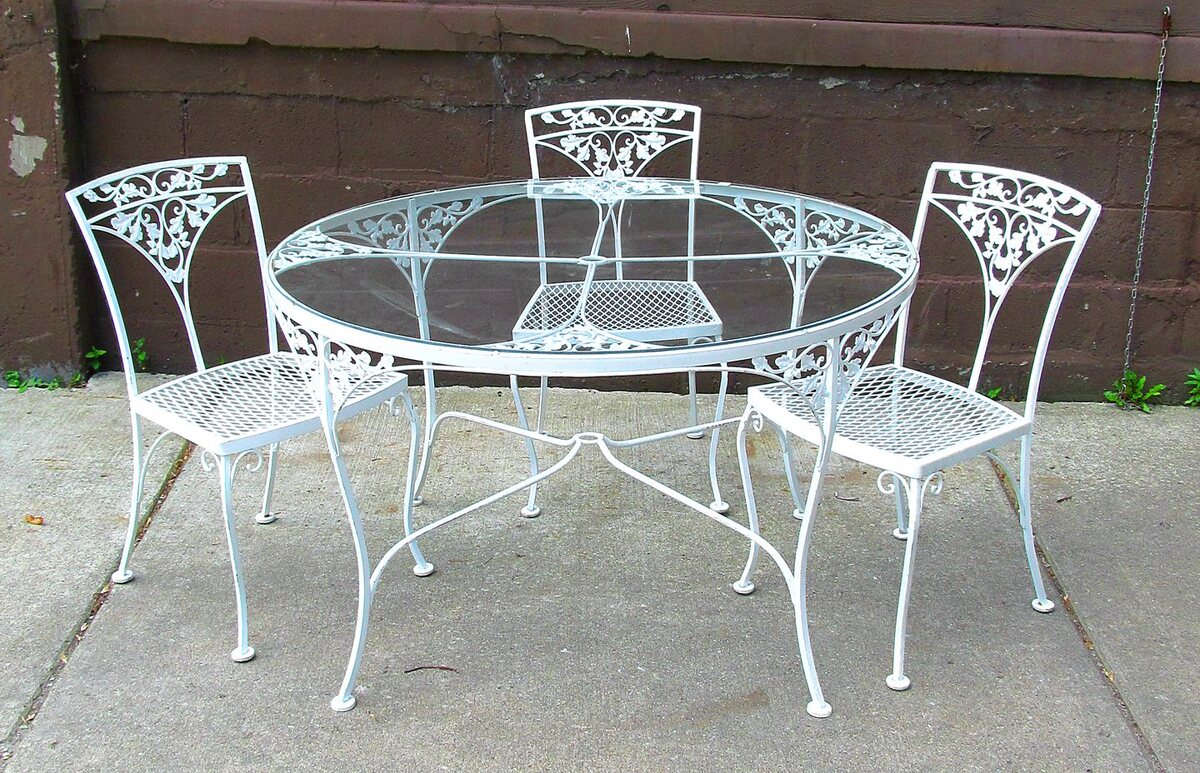

Outdoor Furniture
How To Identify Vintage Wrought Iron Patio Furniture
Modified: March 7, 2024
Discover the timeless charm of vintage wrought iron patio furniture. Learn how to identify and select the perfect outdoor furniture pieces for your space.
(Many of the links in this article redirect to a specific reviewed product. Your purchase of these products through affiliate links helps to generate commission for Storables.com, at no extra cost. Learn more)
Introduction
When it comes to outdoor furniture, vintage wrought iron pieces have long been cherished for their durability, timeless appeal, and intricate designs. Whether you’re a collector, a homeowner looking to add a touch of elegance to your patio, or simply a lover of all things vintage, being able to identify and appreciate vintage wrought iron patio furniture is a valuable skill.
In this article, we will explore the characteristics that define vintage wrought iron furniture, the various design styles you may come across, and how to determine the age and quality of the pieces. We will also discuss the importance of inspecting for signs of wear and aging, researching manufacturer labels and markings, and seeking expert advice to ensure you are making an informed purchase or assessment.
So, let’s dive in and learn how to identify vintage wrought iron patio furniture!
Key Takeaways:
- Vintage wrought iron patio furniture is known for its sturdy construction, intricate designs, and weather-resistant finish. Identifying these characteristics can help you appreciate the timeless beauty of these pieces.
- Assessing the quality, design styles, and age of vintage wrought iron furniture, along with consulting experts, can enhance your understanding and appreciation of these historical treasures.
Characteristics of Vintage Wrought Iron Patio Furniture
Vintage wrought iron patio furniture has several distinct characteristics that set it apart from other types of outdoor furniture. Understanding these key characteristics will enable you to easily identify and appreciate the beauty and craftsmanship of these timeless pieces.
- Solid and Sturdy Construction: One of the defining characteristics of vintage wrought iron patio furniture is its solid and sturdy construction. Wrought iron is known for its exceptional strength and durability, making it an ideal material for outdoor furniture that can withstand the elements.
- Intricate and Ornate Designs: Another notable characteristic of vintage wrought iron furniture is its intricate and ornate designs. These pieces often feature elaborate scrollwork, floral motifs, and other decorative details that showcase the craftsmanship and attention to detail.
- Curved and Artistic Silhouettes: Vintage wrought iron furniture is renowned for its graceful curves and artistic silhouettes. Whether it’s the gentle curves of a chair back or the sweeping lines of a table base, these pieces exude a sense of elegance and sophistication.
- Handcrafted and Welded Joints: Unlike modern mass-produced furniture, vintage wrought iron patio furniture is typically handcrafted and features welded joints. This level of craftsmanship ensures the longevity and structural integrity of the piece.
- Weather-resistant Finish: Vintage wrought iron furniture is often coated with a weather-resistant finish, such as powder coating or enamel, to protect it from rust and corrosion. This finish not only enhances the durability of the furniture but also adds to its visual appeal.
By familiarizing yourself with these characteristics, you will be better equipped to identify and appreciate vintage wrought iron patio furniture when you come across it.
Examining the Quality of the Iron
When assessing the quality of vintage wrought iron patio furniture, it’s important to consider the condition of the iron itself. Here are a few factors to pay attention to:
- Weight and Thickness: High-quality wrought iron furniture tends to be heavier and thicker, indicating a stronger and more durable material. Lift and feel the furniture to assess its weight and thickness.
- No Cracks or Welding Defects: Inspect the furniture for any cracks or welding defects, as these can compromise the structural integrity of the piece. Look closely at the joints, corners, and seams to ensure they are secure and free from any signs of damage.
- Smooth and Even Finish: A well-made piece of vintage wrought iron furniture will have a smooth and even finish. Look for any signs of peeling, chipping, or rust spots, as these can indicate a lower quality or poorly maintained piece.
- Stability and Balance: Sit or press down on the furniture to test its stability and balance. A high-quality piece will feel sturdy and solid, without any wobbling or unevenness.
- Corrosion and Rust: Check for any signs of corrosion or rust, especially in areas where the finish may have worn away. Surface rust can sometimes be cleaned and removed, but deep rust or extensive corrosion can significantly impact the integrity and longevity of the furniture.
- Symmetry and Alignment: Examine the design elements and patterns for symmetry and alignment. Well-made wrought iron furniture will have carefully crafted and balanced designs, with straight lines and consistent spacing.
By evaluating these aspects of the iron, you can determine the overall quality and condition of the vintage wrought iron patio furniture before making a purchase or assessment.
Identifying Design Styles
Vintage wrought iron patio furniture comes in a variety of design styles, each with its own unique characteristics and aesthetics. By familiarizing yourself with these design styles, you can better identify and appreciate the specific style of a piece you come across. Here are a few common design styles in vintage wrought iron furniture:
- Victorian: Victorian-style wrought iron furniture is characterized by its intricate scrollwork, ornate details, and curvaceous forms. It often features floral motifs, acanthus leaf patterns, and scalloped edges, exemplifying the elegance and opulence of the Victorian era.
- Art Nouveau: Art Nouveau-style wrought iron furniture is known for its organic forms and flowing lines. It incorporates nature-inspired elements, such as twisted vines, leaves, and sinuous curves, creating a sense of fluidity and whimsy.
- Art Deco: Art Deco-style wrought iron furniture is characterized by its geometric shapes, clean lines, and bold designs. It often features angular forms, streamlined silhouettes, and geometric patterns, reflecting the glamour and modernism of the Art Deco movement.
- Mediterranean: Mediterranean-style wrought iron furniture draws inspiration from the rustic charm of the Mediterranean region. It often features ornamental details, such as grapevines, scrolls, and arches, evoking a sense of warmth and timeless beauty.
- Mid-century Modern: Mid-century Modern-style wrought iron furniture is characterized by its minimalist design, sleek lines, and organic shapes. It emphasizes functionality and simplicity, often incorporating clean forms and the use of bold colors.
- Retro/Vintage: Retro or vintage-style wrought iron furniture takes cues from different design eras, such as the 1950s and 1960s. It often features bright and vibrant colors, playful patterns, and a nostalgic charm that adds a touch of whimsy to outdoor spaces.
Keep in mind that these are just a few examples of design styles, and vintage wrought iron furniture can also exhibit a mix of styles or unique interpretations. By familiarizing yourself with the different design styles, you’ll be able to identify the style of a piece and appreciate its historical and artistic significance.
Assessing the Age of the Furniture
When determining the age of vintage wrought iron patio furniture, there are several factors to consider. While identifying the exact age can be challenging, these tips can help you make an educated estimation:
- Design Aesthetics: Pay attention to the design aesthetics of the furniture. Different eras have distinct design trends, so familiarize yourself with the styles popular during specific time periods. For example, Victorian-style wrought iron furniture was popular in the late 19th century, while Mid-century Modern designs emerged in the mid-20th century.
- Manufacturing Techniques: Examine the manufacturing techniques used in the construction of the furniture. Earlier pieces may have more hand-forged details and visible hammer marks, while later pieces may have smoother welds and machine-made components.
- Patina and Aging: Look for signs of patina and aging on the furniture. Patina is the natural wear and discoloration that occurs on metal surfaces over time. Vintage pieces are likely to have developed a patina, which can provide valuable clues to their age.
- Historical Documentation: If possible, research historical documentation related to the furniture. This can include manufacturer catalogs, advertisements, or other relevant sources that provide insights into the production period and design styles.
- Construction Materials: Consider the materials used in the construction of the furniture. Vintage pieces may have features or components that are no longer used or have been replaced by more contemporary materials.
- Provenance and Ownership History: If the furniture comes with a provenance or ownership history, it can provide clues about its age. Documentation such as receipts, estate sale records, or previous owner information can shed light on the furniture’s origin and age.
It’s important to note that accurately dating vintage wrought iron patio furniture can be challenging, as styles may have been reproduced or influenced by different eras. However, by considering these factors and conducting thorough research, you can develop a reasonable estimation of the furniture’s age.
Look for signs of rust, intricate designs, and heavy weight when identifying vintage wrought iron patio furniture. These are common characteristics of authentic vintage pieces.
Read more: How To Repaint Wrought Iron Patio Furniture
Inspecting for Signs of Age and Wear
When evaluating vintage wrought iron patio furniture, examining the signs of age and wear can provide valuable insights into its history and condition. Here are some key aspects to look for:
- Surface Rust: Check for any surface rust on the furniture. Minor surface rust can often be cleaned and restored, but extensive rust or corrosion can indicate significant wear and potential structural issues.
- Paint or Powder Coating: Assess the condition of the paint or powder coating. Look for signs of chipping, peeling, or fading. Aged or original paint can provide clues to the furniture’s age and historical context.
- Patina: Examine the metal surface for a patina, which is a natural discoloration that develops over time. This aged appearance can enhance the furniture’s vintage appeal and authenticity.
- Wear on Joints and Connections: Pay attention to the joints and connections of the furniture. Look for signs of wear, looseness, or instability. Over time, repeated use and exposure to the elements can affect the structural integrity of these areas.
- Upholstery or Cushions: If the furniture includes upholstery or cushions, inspect them for signs of wear, fading, or discoloration. Determine whether they are original or have been replaced, as this can affect the overall value and authenticity of the piece.
- Missing or Replaced Parts: Take note of any missing or replaced parts. In some cases, missing decorative elements or hardware may affect the furniture’s aesthetic appeal and value, while replaced parts may impact its originality.
- Stability and Balance: Test the stability and balance of the furniture by sitting on chairs or applying gentle pressure. Ensure that the piece feels sturdy and even, without any noticeable wobbling or signs of instability.
By carefully examining these signs of age and wear, you can better assess the overall condition and authenticity of the vintage wrought iron patio furniture you encounter. This information will help you make an informed decision about purchasing or evaluating the value of a piece.
Researching Manufacturer Labels and Markings
Manufacturer labels and markings can provide valuable information about the origin, authenticity, and age of vintage wrought iron patio furniture. Here are some steps to follow when researching these labels and markings:
- Inspect for Labels: Carefully examine the furniture for any manufacturer labels or markings. These can be found on the underside, back, or underside of the seat. Manufacturers often engraved or stamped their logos or names onto the furniture.
- Take Note of Signatures or Initials: Look for any signatures or initials on the furniture. These could be the work of the designer, artist, or craftsman behind the piece. Researching these signatures may lead you to valuable information about the piece’s history.
- Research Manufacturer History: Once you have identified the manufacturer, research their history to learn more about their production timeline, design styles, and reputation. Look for any catalogs, brochures, or documentation related to the manufacturer’s furniture.
- Consult Online Resources: Utilize online resources and databases dedicated to vintage furniture to find information about specific manufacturers, their marks, and any associated historical details. Online forums and collector groups can also provide valuable insights and expertise.
- Visit Libraries and Archives: Local libraries and archives can be a treasure trove of information. Look for books, periodicals, or historical documents related to vintage wrought iron furniture or specific manufacturers. Librarians and archivists may also be able to assist you in your research.
- Seek Expert Opinion: If you’re having trouble identifying a manufacturer or need additional information, consider seeking the help of experts in vintage wrought iron furniture or collectors in the field. They can share their knowledge and expertise to help you uncover the history and significance of the piece.
By conducting thorough research on manufacturer labels and markings, you can gain valuable insights into the vintage wrought iron patio furniture you encounter. This research will not only help you determine its origin and authenticity but also enhance your appreciation for its historical and artistic value.
Consulting Experts or Collectors
When it comes to identifying and evaluating vintage wrought iron patio furniture, consulting experts or collectors can provide invaluable guidance and expertise. These individuals have extensive knowledge and experience in the field and can offer insights that you may not find elsewhere. Here are some reasons why consulting experts or collectors is beneficial:
- Specialized Knowledge: Experts and collectors have specialized knowledge about vintage wrought iron furniture, including specific manufacturers, design styles, and historical context. They can help you identify rare or unique pieces, assess their authenticity, and provide information about their value.
- Access to Resources: Experts and collectors often have access to resources, such as reference books, catalogs, or archival materials, that can aid in your research. They can direct you to relevant sources that may not be readily available to the general public.
- Identification of Signature Features: They can help you identify signature features or design elements that are specific to certain manufacturers or time periods. This expertise is crucial in distinguishing genuine vintage wrought iron furniture from reproductions or later imitations.
- Estimating Value: Experts and collectors have a deep understanding of the market value of vintage wrought iron furniture. They can provide guidance on pricing and help you determine the fair market value of a piece based on its condition, rarity, and desirability.
- Networking Opportunities: Engaging with experts and collectors allows you to connect with fellow enthusiasts who share your passion for vintage wrought iron furniture. This networking can lead to valuable connections, mentorship, and opportunities to expand your knowledge and collection.
- Avoiding Fraudulent or Misrepresented Items: Consulting experts and collectors can help you avoid purchasing fraudulent or misrepresented items. Their expertise can help you spot counterfeit pieces or identify unethical practices in the vintage furniture market.
Whether you’re a beginner or an experienced collector, consulting experts or collectors can enhance your understanding and appreciation of vintage wrought iron patio furniture. Their guidance will enable you to make informed decisions and build a collection of genuine, valuable, and historically significant pieces.
Conclusion
Identifying vintage wrought iron patio furniture is a fascinating journey that combines historical research, aesthetic appreciation, and the thrill of discovering hidden gems. By understanding the characteristics of vintage wrought iron furniture, examining the quality of the iron, and identifying design styles, you can develop a keen eye for these timeless pieces.
Assessing the age of the furniture and inspecting for signs of age and wear allow you to delve deeper into the history and condition of the pieces. Researching manufacturer labels and markings provides valuable insights into the origin, authenticity, and craftsmanship of the furniture. Lastly, consulting experts or collectors brings specialized knowledge and expertise to your endeavor, ensuring that you make informed decisions and expand your understanding of vintage wrought iron patio furniture.
Whether you are a collector, a homeowner looking for an elegant addition to your outdoor space, or simply an admirer of vintage craftsmanship, identifying and appreciating vintage wrought iron patio furniture allows you to connect with the past and bring a touch of timeless beauty to your surroundings.
So, next time you come across a vintage wrought iron patio furniture piece, take the time to examine its intricate details, feel its solid construction, and immerse yourself in its historical context. Enjoy the journey of uncovering the stories behind each piece, and the joy of preserving and cherishing these remarkable works of art for generations to come.
Frequently Asked Questions about How To Identify Vintage Wrought Iron Patio Furniture
Was this page helpful?
At Storables.com, we guarantee accurate and reliable information. Our content, validated by Expert Board Contributors, is crafted following stringent Editorial Policies. We're committed to providing you with well-researched, expert-backed insights for all your informational needs.
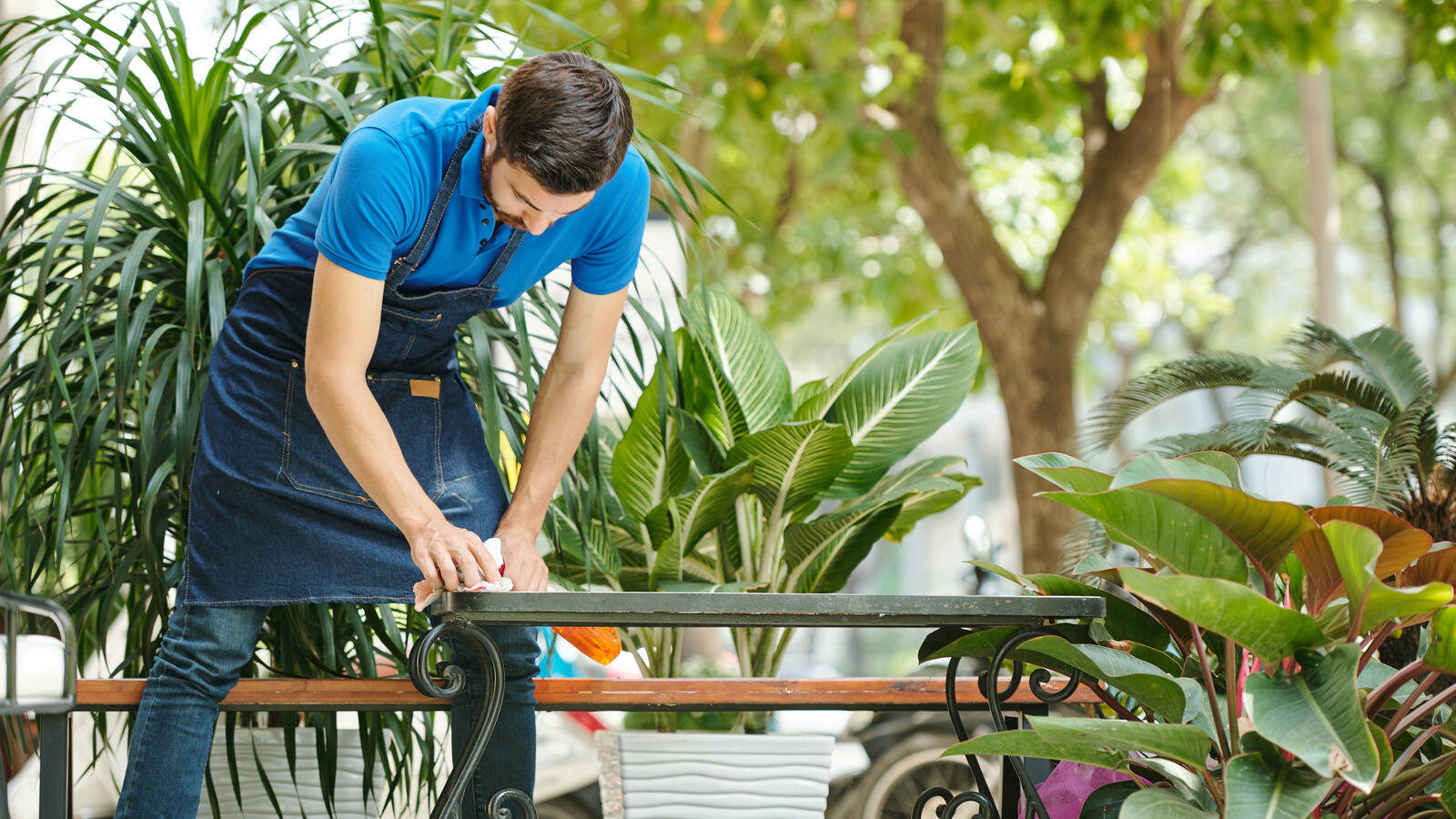
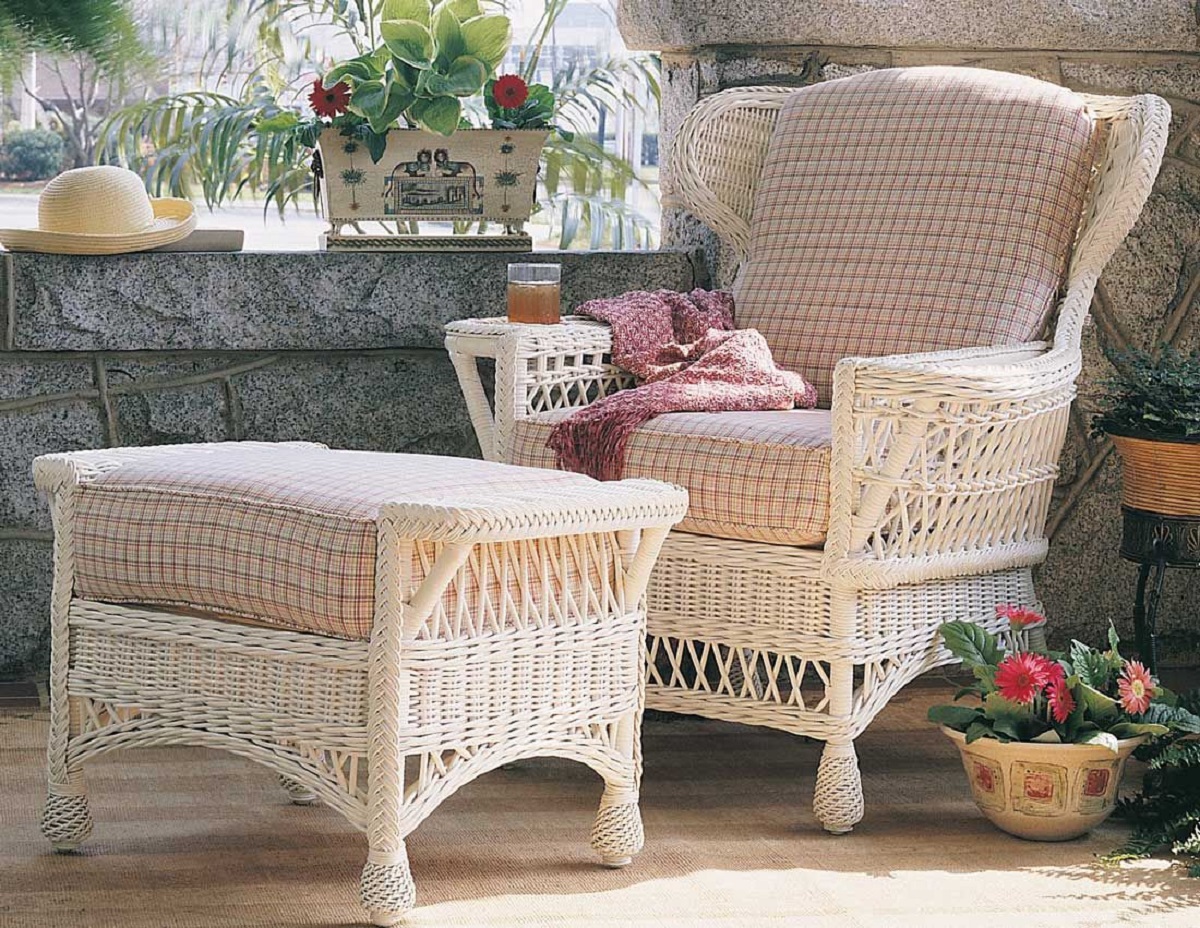
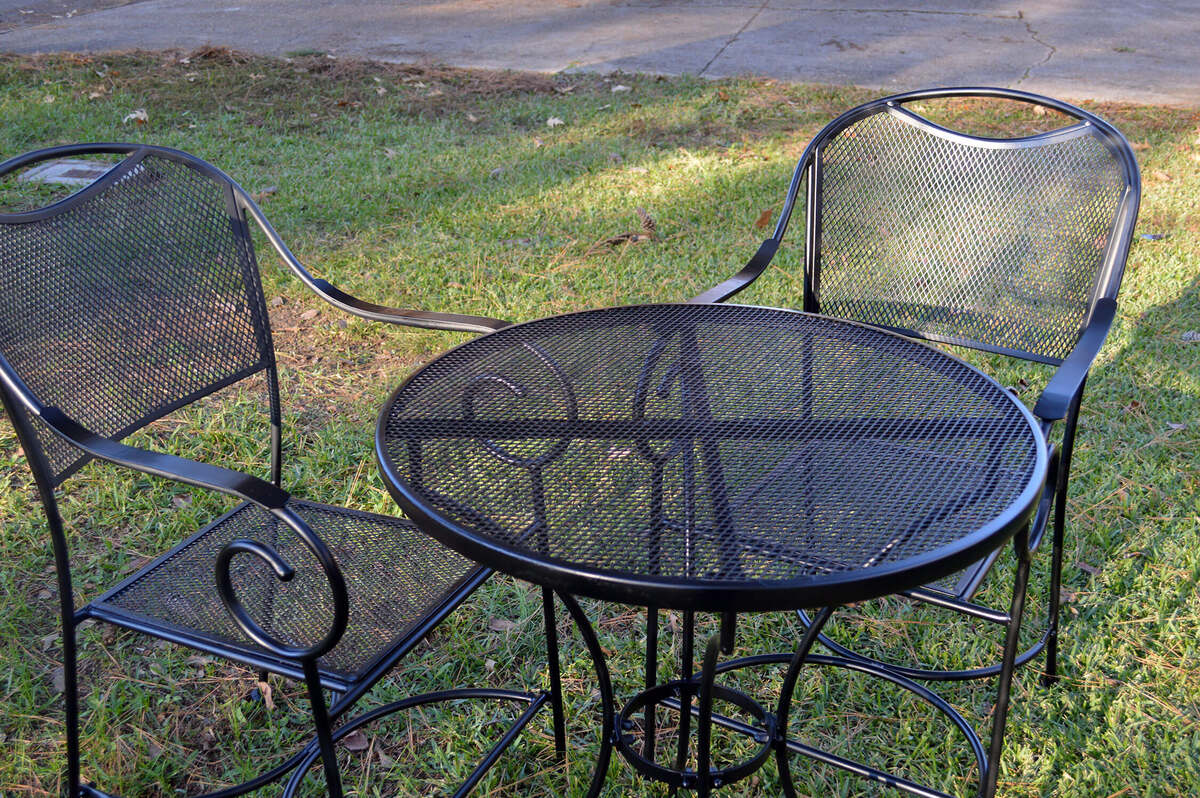
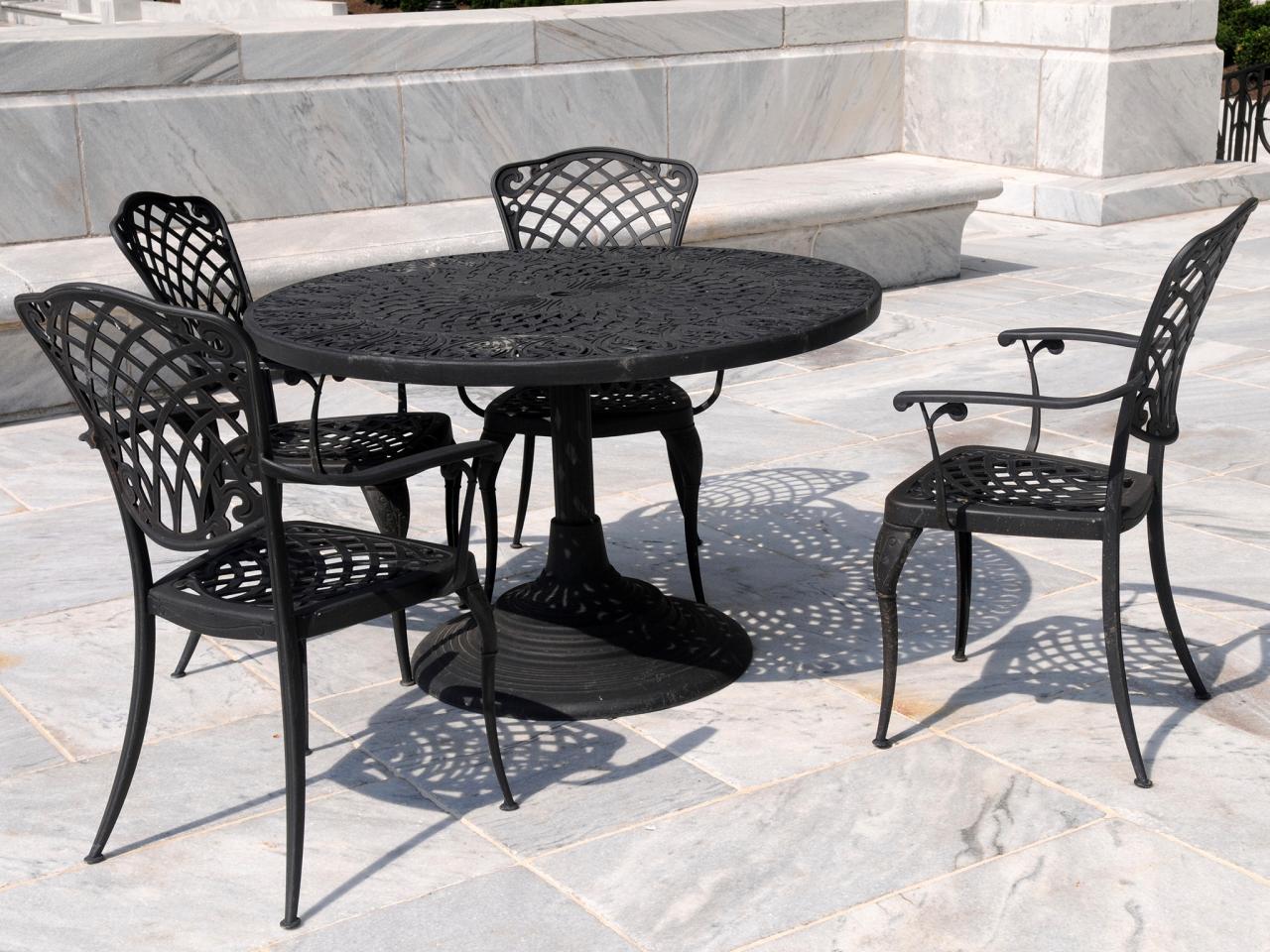
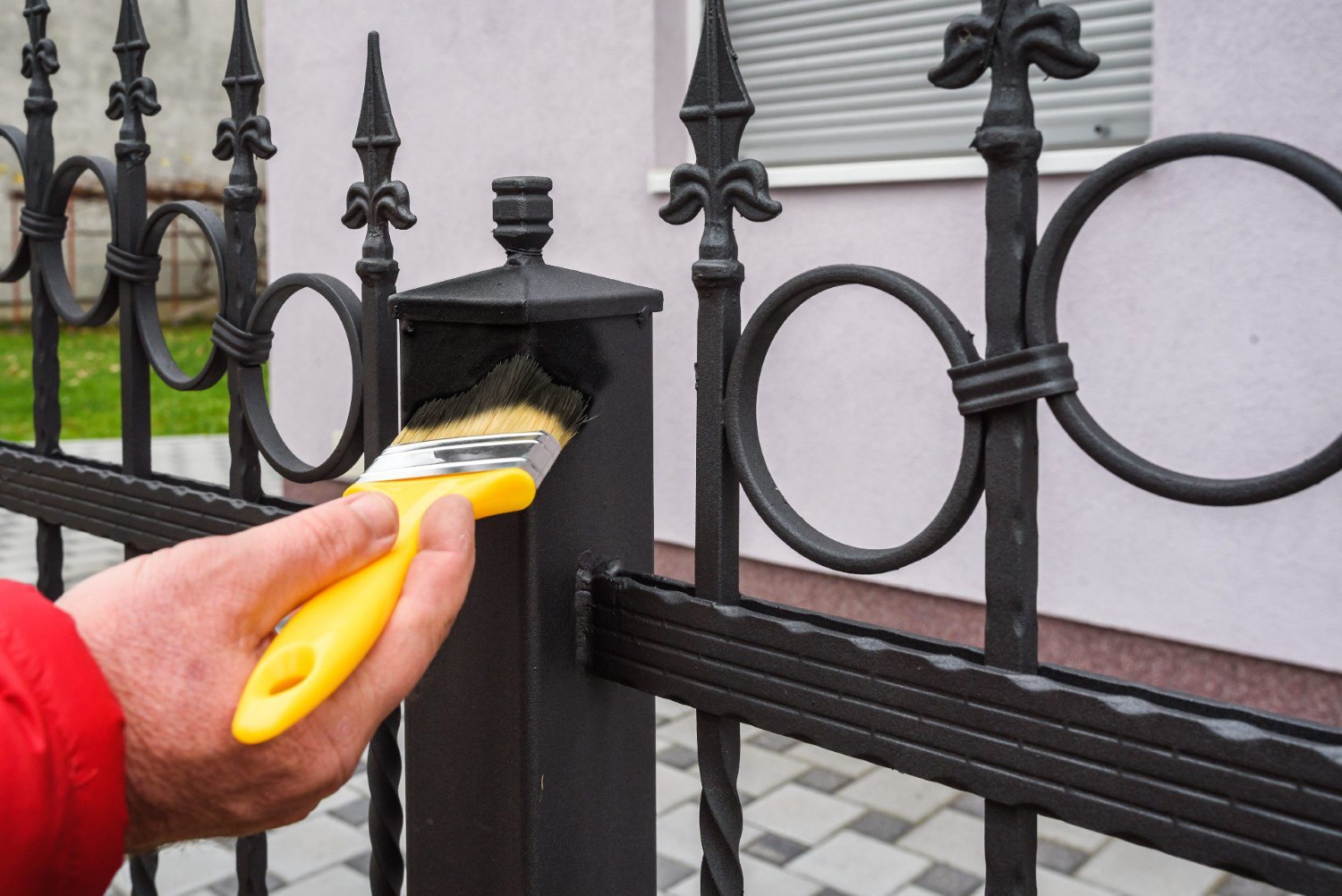
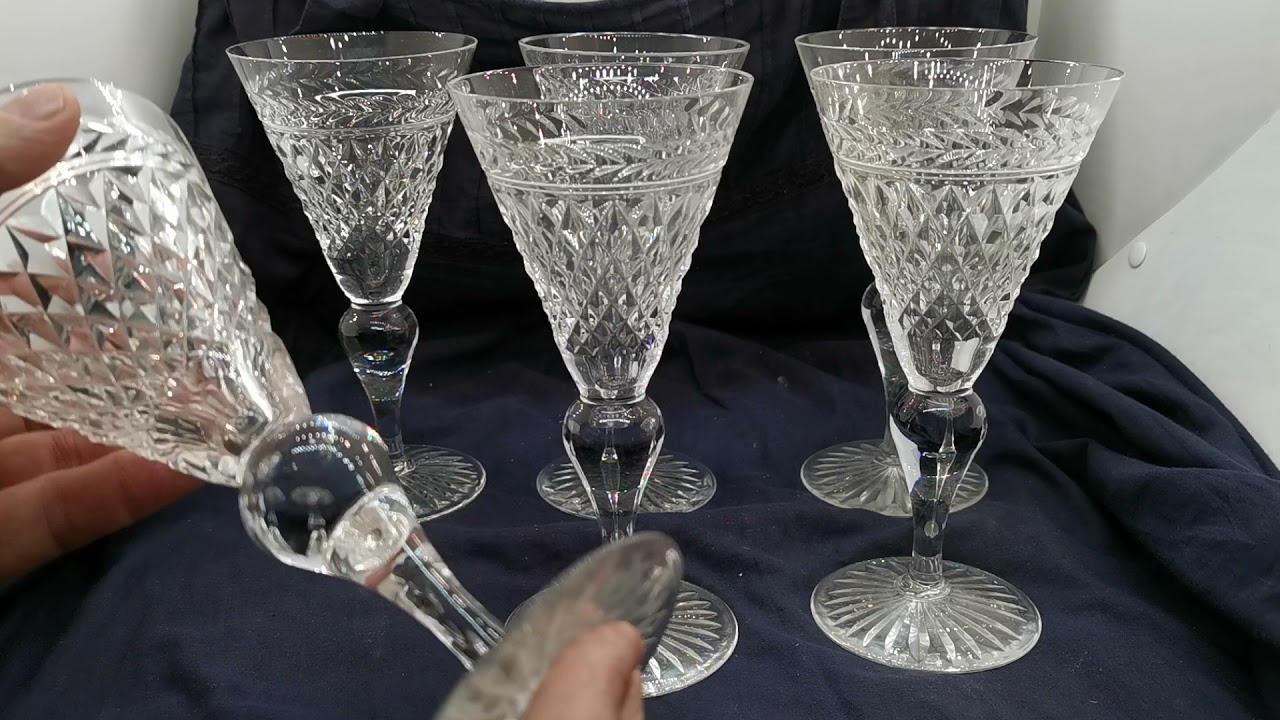
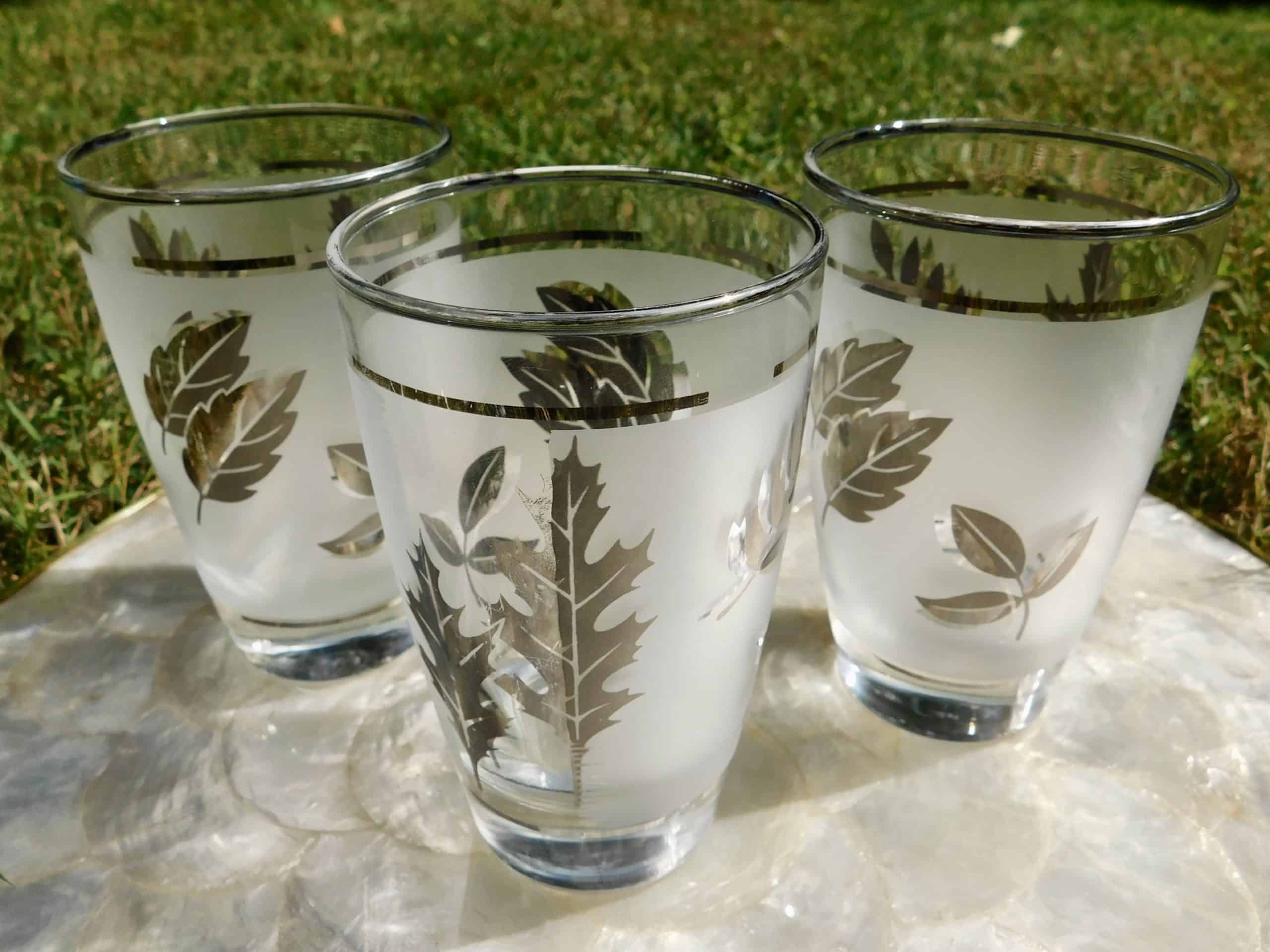
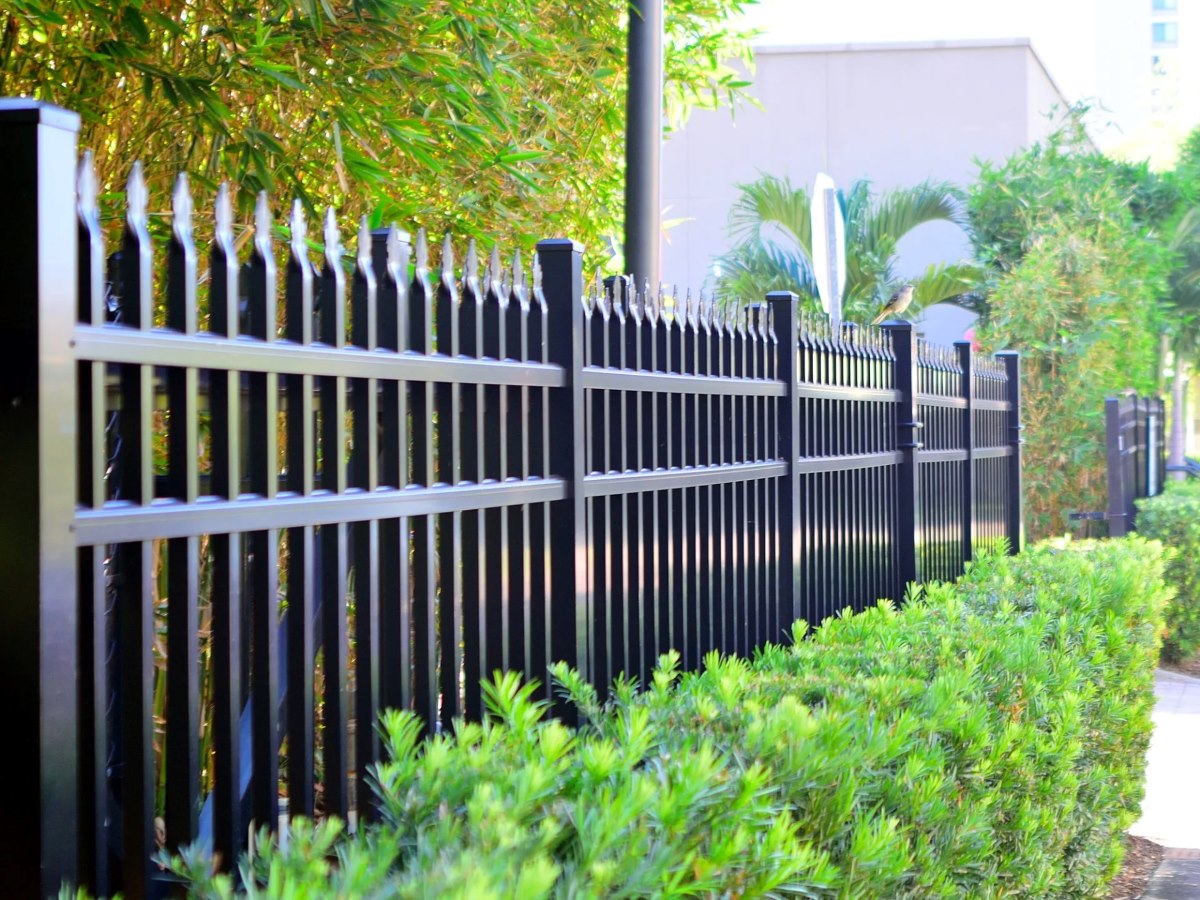
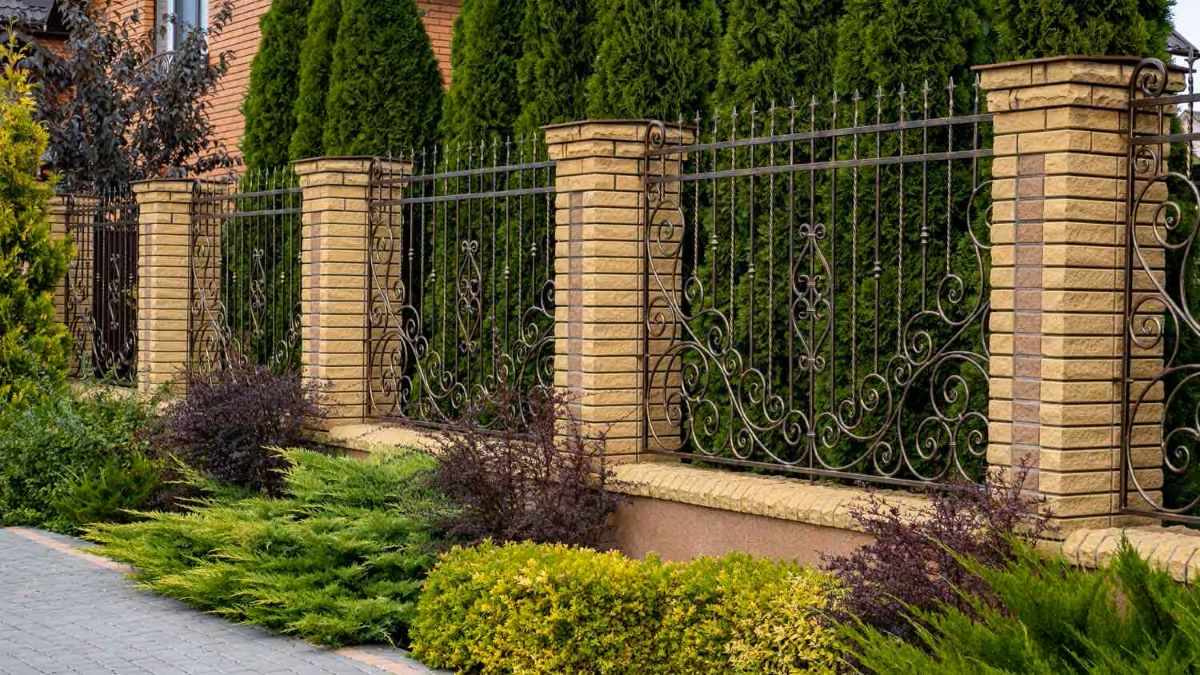
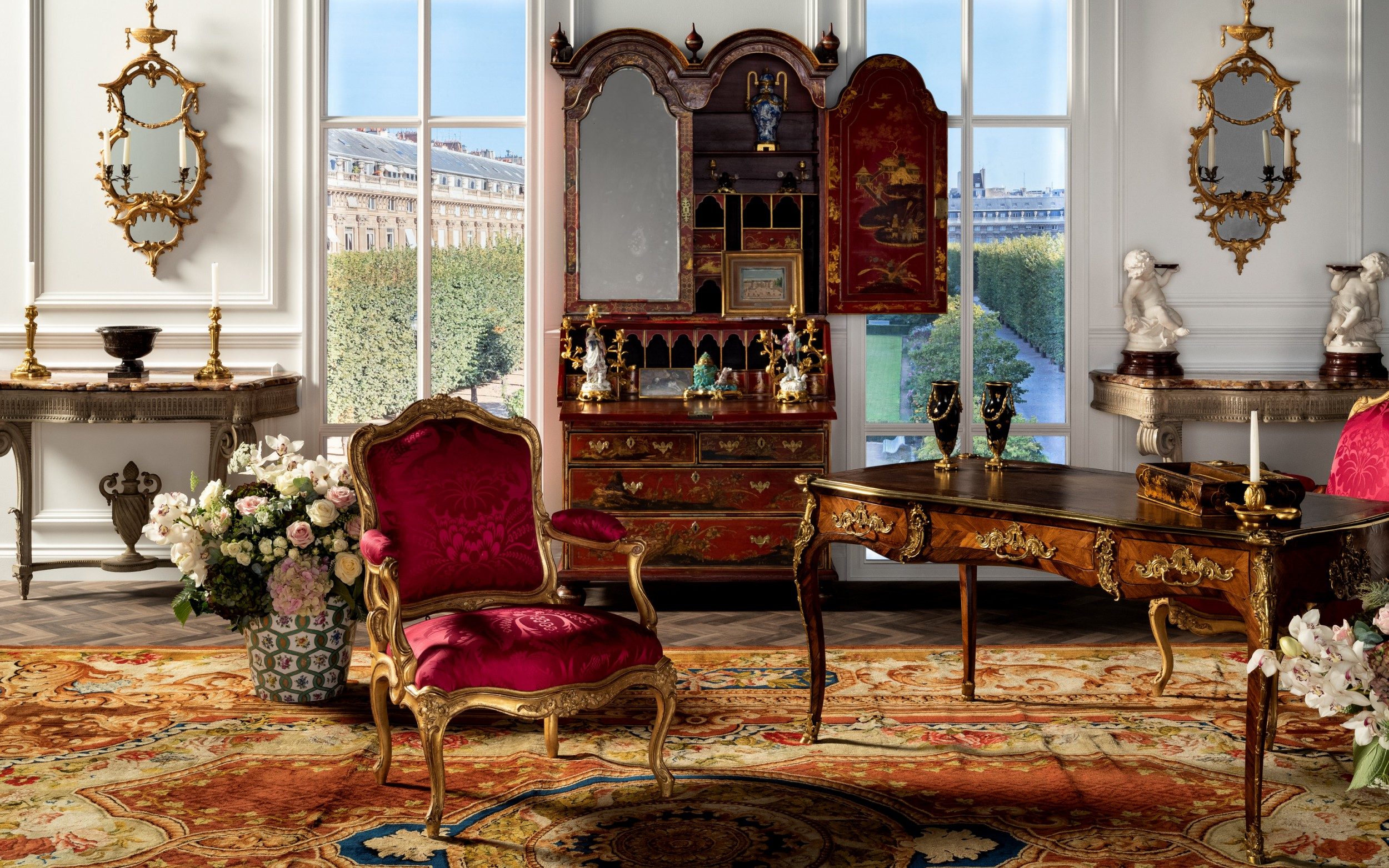
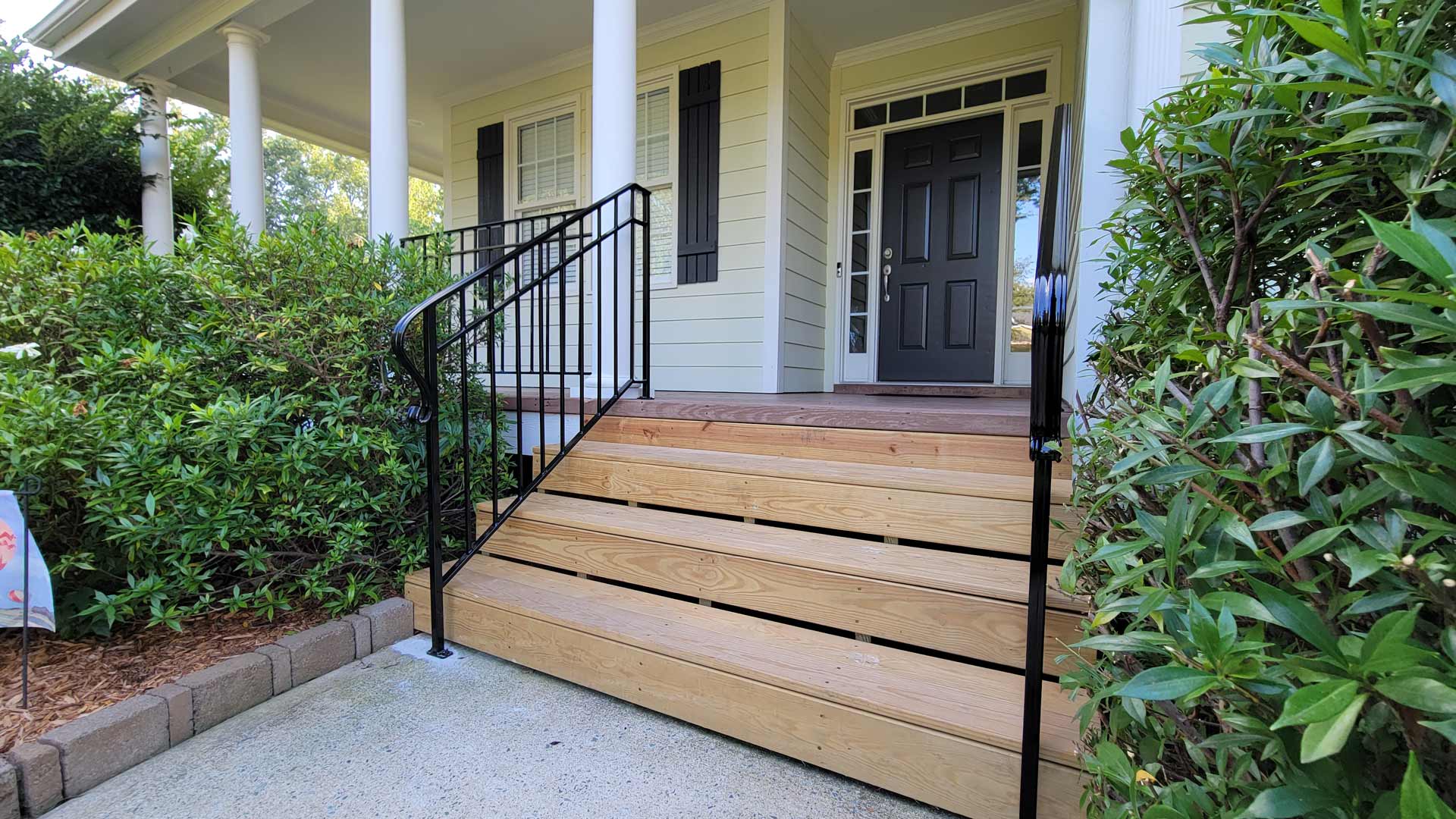
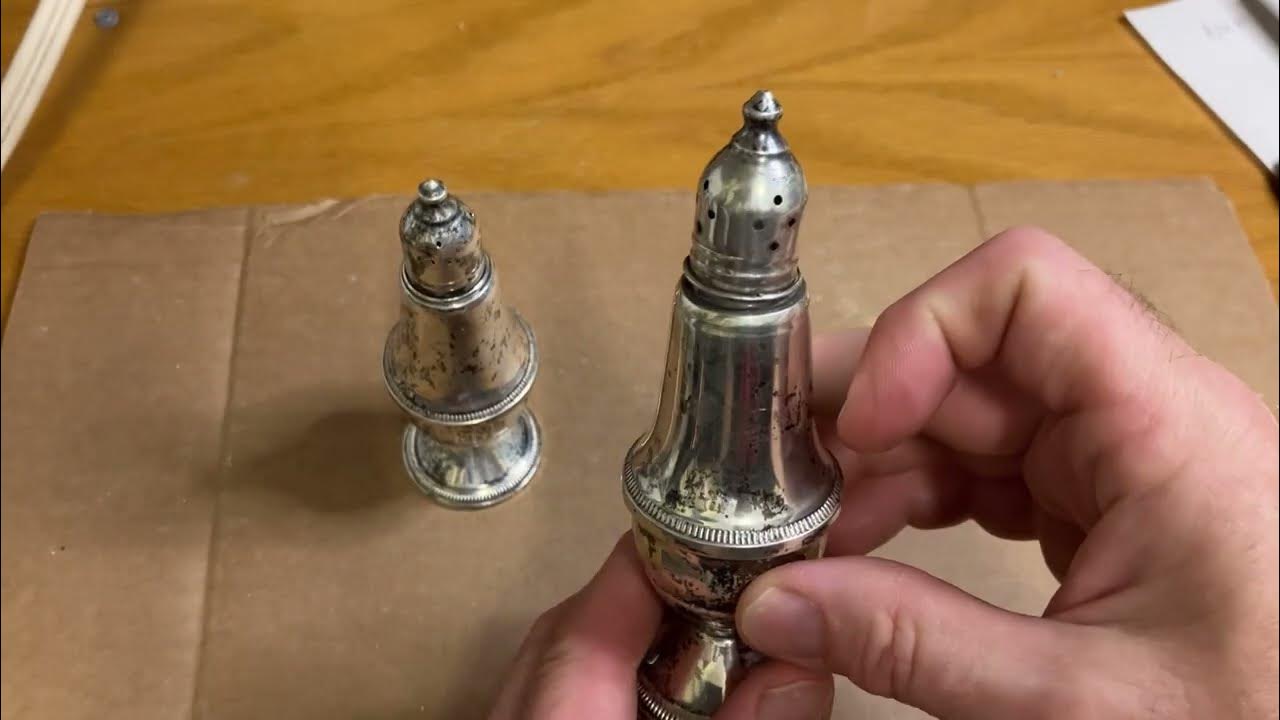
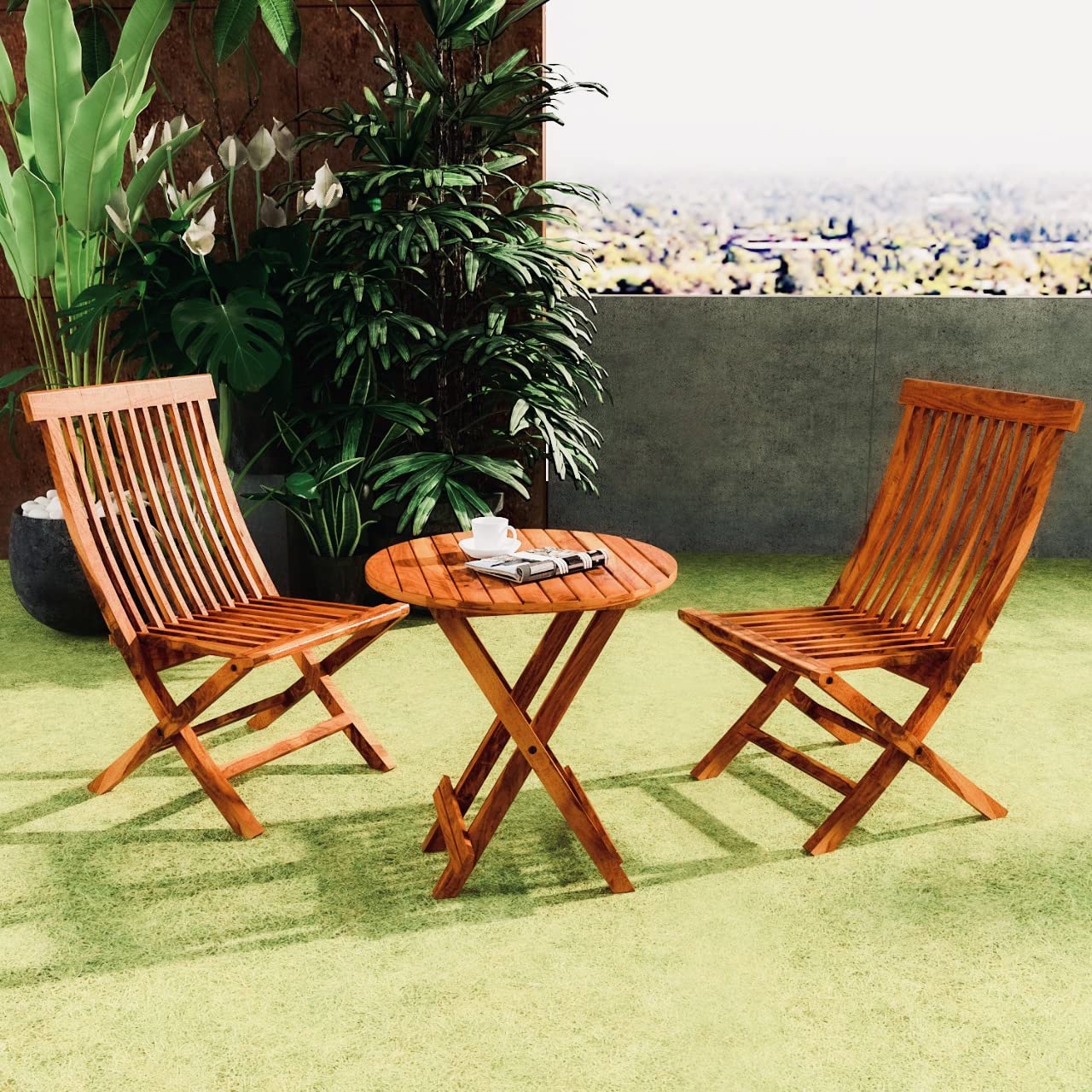
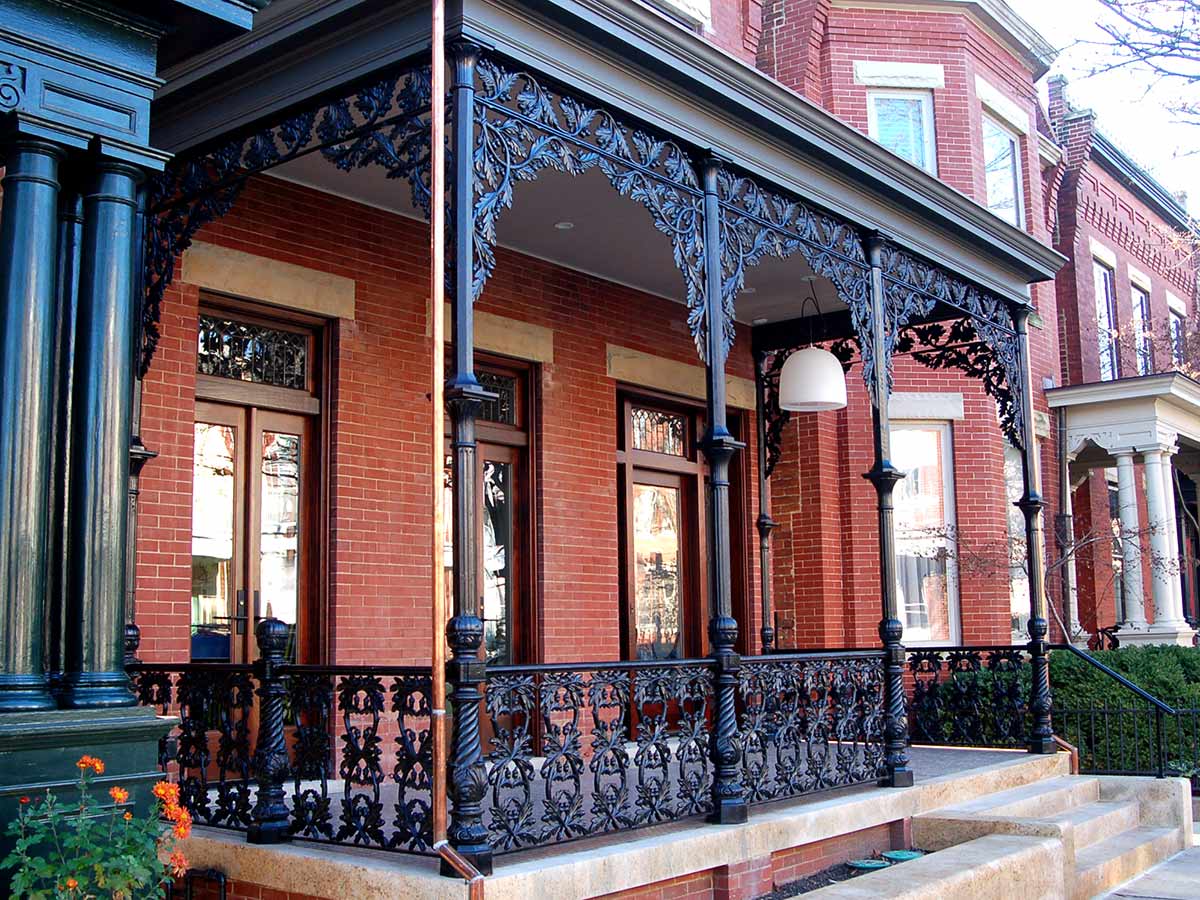

0 thoughts on “How To Identify Vintage Wrought Iron Patio Furniture”